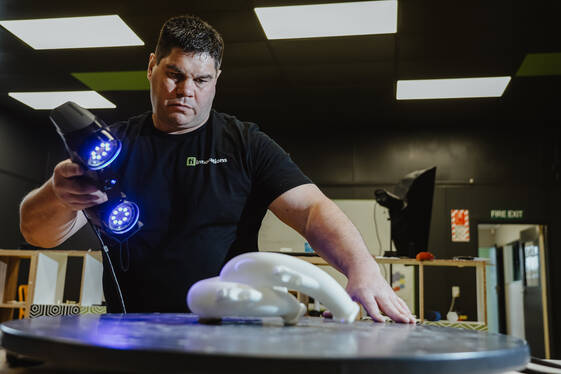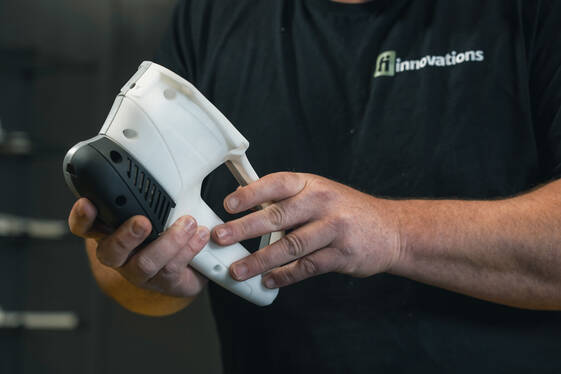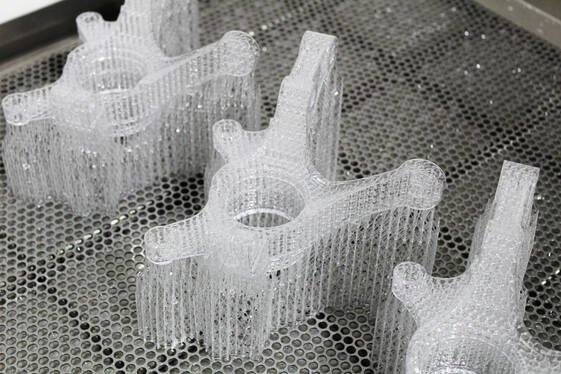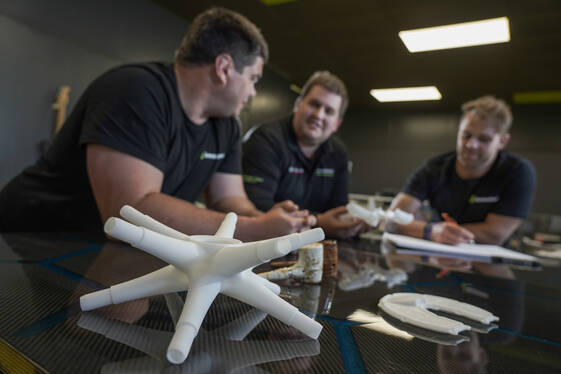What would you say is one of the biggest benefits of working in Invercargill?
Derek: There is a certain kind of freedom. We have so much space and you can move around with such ease. To live rurally but only be seven minutes from work is a bit of a luxury. Also, it’s not just what’s in Invercargill but what immediately surrounds it that makes it such a great place to live, Catlins, Stewart Island, Fiordland and Central Otago are all close by.
Oh, and... did I mention house prices?!
Professionally, it’s great because there are some awesome businesses based here and because everyone knows each other there is a level of integrity that you need in order to survive. It also means there is a lot more cross-industry collaboration than what may occur in larger centres. We are still well connected to the rest of the country as we are well serviced with direct flights to Auckland, Wellington and Christchurch so it’s the best of both worlds.




